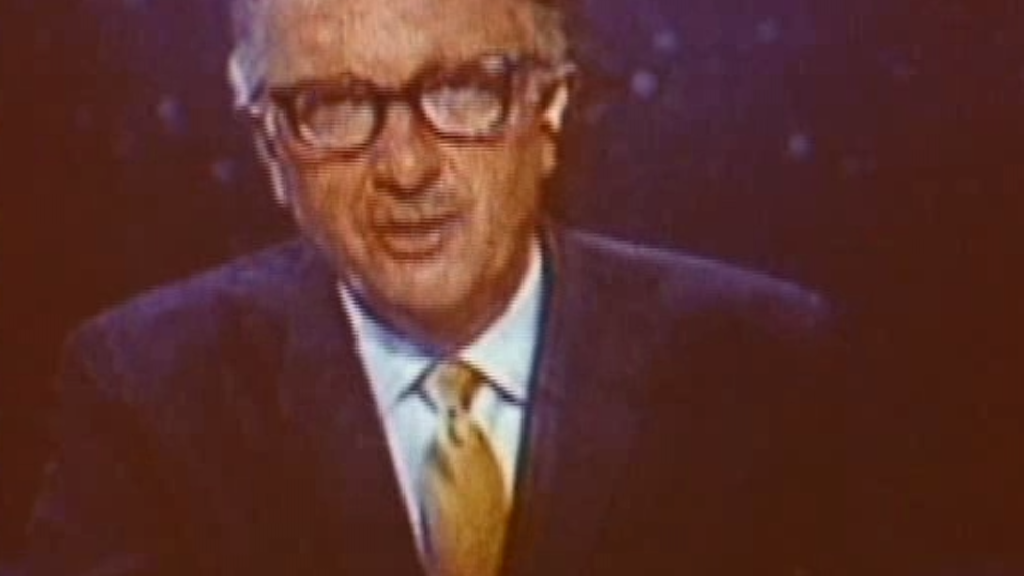According to a Gallup poll in March 1968, 49% of respondents felt that the US involvement in Vietnam was an error. In August, the number increased to 53%10. As the war became more unpopular, more protests and demonstrations spread throughout the country. On November 15, 1969, as many as half of million people gathered across the White House in a massive demonstration called the Peace Moratorium. The rally featured antiwar speeches, musical performances and a memorable moment when the crowd led by Pete Seeger sang along a John Lennon’s new song called “Give Peace A Chance”. This event was later believed to be the largest demonstration in the U.S. history11.
With the revelation of My Lai Massacre in November 1969, the media continued to inflame public shock and mistrust which started since the Tet Offensive. The war was now depicted as one of the biggest crimes in U.S history where American soldiers were labeled as murderers and baby-killers12. Two years later, the Pentagon Papers initially published by the New York Times demonstrated that the government had “systematically lied” to the public about the entire war. Once again, the government‘s credibility was critically damaged. As a consequence, most Americans now held a deep distrust of their government.
Withdrawal from Vietnam
Under tremendous public pressure, the government eventually had to make concessions. In 1969, President Nixon began to implement the Vietnamization policy and gradually withdrew U.S. forces from Vietnam. Early in 1970s, along with the troop withdrawal, the media began to lose focus on Vietnam. In fact, the number of American reporters declined to fewer than 200 in late 1971, and only 59 in late 197313. Moreover, the percentage of combat stories on television was reduced from 48 percent between 1956 and 1969 to only 13 percent between 1970 and 197314. After the Paris Peace Accords eventually signed on January 1973, the Vietnam War was considered “over” for both Americans and their media.
Conclusion
It is now clear that the media had a huge influence on the war in Vietnam politically. In fact, American public so depended on the media to know and understand the war that as the war was depicted as a failure on screen, it also became their perspectives. That resulted in public opposition, at first, against the war and, later, against the government who waged it. The increasing opposition led to American troop withdrawal as well as a significant drop in financial aid to South Vietnam which mainly contributed to the fall of Saigon in 1975. Therefore, as Marshall McLuhan said, it is arguable that Americans did not lose the war to the Vietnamese Communists but to the power of their “democratic” media15.
References:
1. Bonier, D. E., Champlain, S. M., Kolly, T. S. (1985), The Vietnam Veteran: A History of Neglect, p.18.
2. Hallin, D. C. (1986), The Uncensored War: The Media and Vietnam, p.106
3. The Media and the Vietnam War, Truthful or Deceptive? Retrieved February 22 2014, from: http://thorodinn.wordpress.com/2012/03/26/the-media-and-the-vietnam-war-truthful-or-deceptive/
4. Neuman, J. (2008), Lights, Camera, War: Is Media Technology Driving International Politics, St. Martin’s Press: New York, p.67.
5. Hammond, W. M. (1998), Reporting Vietnam: Media & Military at War, p.197.
6. Wyatt, C. R. (1995), Paper Soldiers: The American Press and the Vietnam War, p.81.
7. Media Coverage Turns Tet into a Defeat, Retrieved February 28, 2014 from http://www.historyandtheheadlines.abc-clio.com/contentpages/ContentPage.aspx?entryId=1194551¤tSection=1194545&productid=10, para.3.
8. Hallin, 1986, p.171.
9. Hallin, 1986, p.161-162.
10. Gallup, Alec (2006), The Gallup Poll: Public Opinion 2005, p. 315–318.
11. Nov. 15, 1969 | Anti-Vietnam War Demonstration Held, Retrieved February 28, 2014 from http://learning.blogs.nytimes.com/2011/11/15/nov-15-1969-anti-vietnam-war-demonstration-held/, para.1.
12. Holsinger, M. P. (1999), “And Babies” in War and American Popular Culture, Greenwood Press, p.363.
13. The war without end is a war with hardly any news coverage, Retrieved February 28, 2014 from http://www.niemanwatchdog.org/index.cfm?fuseaction=background.view&backgroundid=569
14. Bonior, Champlin, Kolly, 1984, p.8.
15. CI5472 Teaching Film, Television, and Media, Module 3, Television History, Retrieved February 28, 2014 from http://www.tc.umn.edu/~rbeach/teachingmedia/module3/10.htm, para.3.
